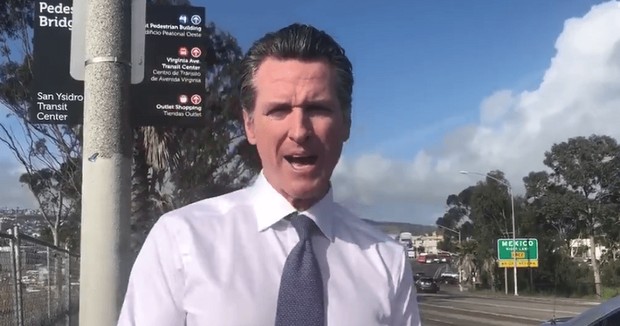
In an attempt to prove that there is “no national emergency” regarding border security, California Gov. Gavin Newsom visited a once-lawless area along the U.S./Mexico border that was transformed after border fencing was erected in the 1990’s.
Standing near the San Ysidro Port of Entry, south of San Diego, Thursday, Newsom posted what he likely envisioned as a “gotcha” video to Twitter.
I’m at our border today where there is no “national emergency.”
San Ysidro is the busiest border crossing in the Western Hemisphere. It’s a region of economic vibrancy — of trade and commerce. Our state thrives because of the families who live on both sides of this border. pic.twitter.com/CRfXGpyZb6
— Gavin Newsom (@GavinNewsom) March 7, 2019
Daily life in San Ysidro wasn’t always as orderly and safe as it is today. Christopher Harris, a National Border Patrol Council representative, told RedState in a 2018 interview that before the initial fencing was installed in the early 1990s, San Ysidro was the car theft capital of the world. People in the neighborhoods closest to the “soccer field,” the area through which many illegal aliens entered the country, were afraid to leave their homes at night.
A 2017 L.A. Times article described the area similarly:
“[M]igrants would gather en masse at the soccer field, which sits entirely on U.S. soil, after descending through the adjacent Tijuana neighborhood of Colonia Libertad. They would loiter until dusk as vendors hawked tacos, roasted corn and drinks. The site was known in Tijuana as Las Canelas, after a homemade, cinnamon-flavored beverage, sometimes spiked with tequila, sold at makeshift stands.
“As nightfall came, the smugglers, or coyotes, would signal that it was time and groups large and small would begin fragmenting and venturing to the north, along dirt trails through the dark canyons. The odds were stacked against the heavily outnumbered U.S. agents.”
Residents of San Ysidro weren’t the only ones affected by the crime the open border encouraged. A story in a San Diego Union-Tribune series about border issues described the dangers facing migrants:
“The migrants who escaped getting caught — and more than half did, according to estimates — often ran into robbers. Thieves liked the brushy canyons, too. Men were shot and sometimes killed, women were raped. It was considered foolish to try the trek alone, so most hired guides known as coyotes.
Sometimes the coyotes and the robbers turned out to be the same people.
Since the construction of the first set of border fencing (the recycled Vietnam-era landing pads) and a second, taller, bollard fence (14 to 18 feet tall), more than 1,000 homes have been constructed near the border on the U.S. side, along with a shopping mall immediately adjacent to the San Ysidro Port of Entry buildings.
“Where there was once lawless and undeveloped land … neighborhoods were built and commerce grew,” Ronald Vitello, acting deputy commissioner of U.S. Customs and Border Protection, told reporters in Washington.
Indeed, a pair of outlet malls and a stucco housing development now stand in a stretch west of the San Ysidro port of entry that agents once referred to as the “jungle,” a tangle of brush and swamp that provided cover for clandestine crossers.
Tijuana’s economy, which once relied almost exclusively on border crossings and entertaining the men who facilitated them, has diversified, as even a Politico Magazine writer declared in 2018.
“Over the past 24 years, including a decade living in Mexico City, I have made dozens of trips to Tijuana and watched the city slowly mature from a kind of wild west dependence on migrant-smuggling and American tourism to a more self-contained and economically viable metropolis….In some areas, older buildings are being redeveloped and in-filled. Locals have created boutiques, clothing lines, microbreweries, small but striving tech and film industries, art galleries and more….
“Bus depots that once deposited tourists or prospective migrants near the border daily have closed. The old hooker hotels are fading, and lofts and artist spaces have sprouted up. Today, Tijuana’s economy is among the most robust in Mexico.
“[T]he time I’ve spent in Tijuana suggests that the walls at least were the first jolt in a citywide reinvention that has been largely positive. As the United States and Mexico face the prospect of a tougher border—whether Trump gets his wall or not—in Tijuana, at least, locals have stopped looking north quite so much as they once did.”
But it’s not just the “walls.” Enhanced border security in San Ysidro consists of more than the two layers of fencing.
“Stadium-style lighting illuminates once-dark stretches; all-weather roads allow authorities relatively easy access, even in the rainy season. Agents peer from state-of-the-art night-vision scopes, while sensors mark favored smuggling trails. Video cameras mounted on poles provide additional eyes.”
These enhancements – particularly the stadium-style lighting and state-of-the-art night vision scopes – are among those that have been requested by Border Patrol agents in other areas.
But, good for you, Governor Newsom, for pointing out where enhanced, smart border security can benefit communities on both sides of the border.
America has long been a shining beacon of hope. A place of refuge for those fleeing violence. A place that welcomes immigrants and sees our diversity as our strength. In the absence of federal leadership, California will carry that tradition forward. pic.twitter.com/IgtUxqeUw9
— Gavin Newsom (@GavinNewsom) March 7, 2019
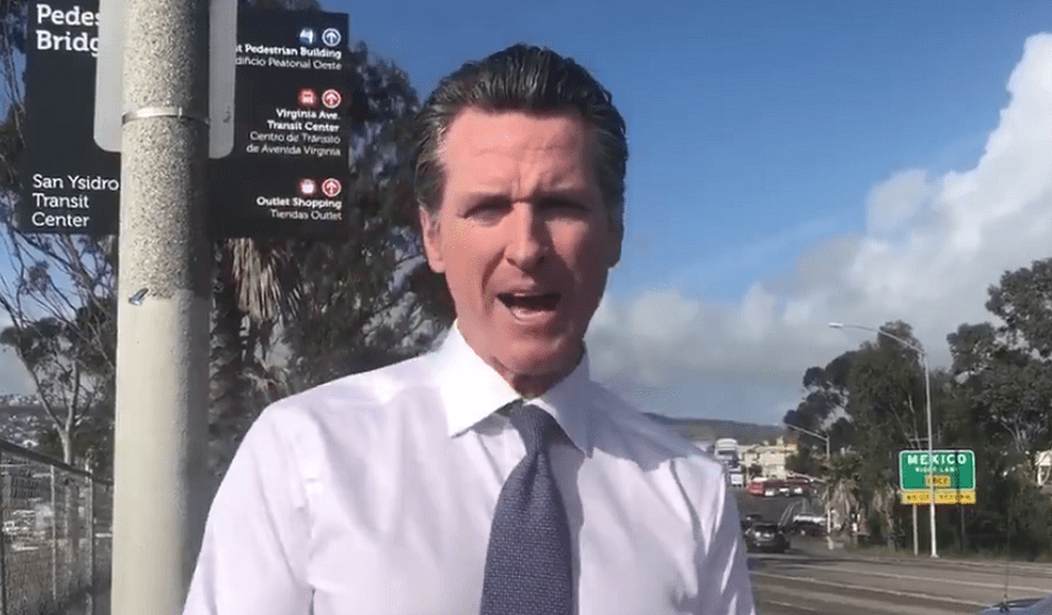





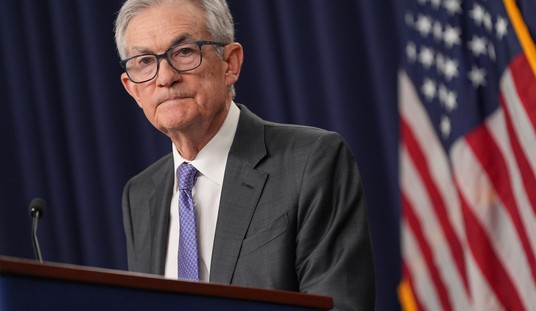



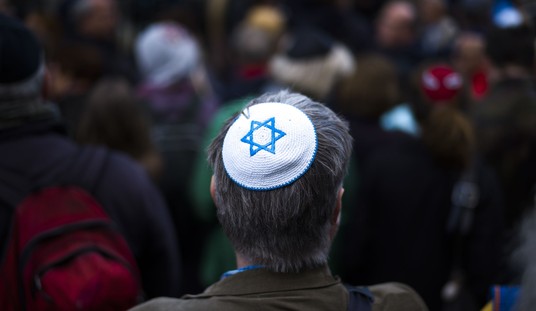



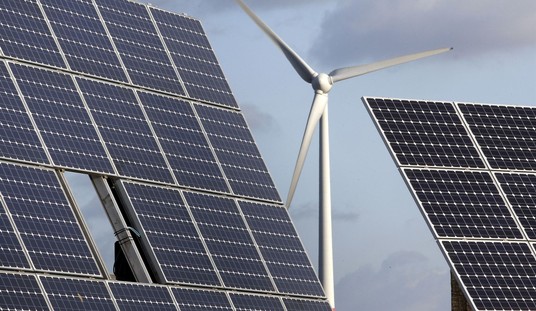
Join the conversation as a VIP Member